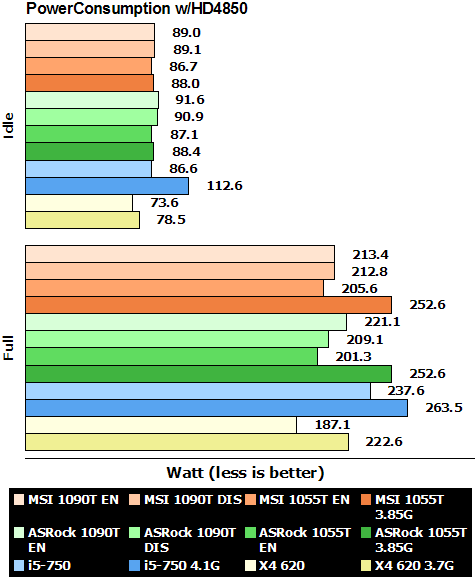Index


Review: Upgraded 785G with 6Gbps SATA support
After testing the latest Phenom II X6 CPUs, it's time to check the new underlying chipset, in this case with integrated graphics-core called Radeon 4290.
This is an upgraded 785G still with DX10.1 support, which by now isn't a big deal, and with the UVD2 stream engine. This will allow the 890GX to stream Blu-ray content with picture in picture functionality. They upped the the clock from 500MHz to 700MHz while AMD tweaked the chip to be more energy-efficient. The most important new chip is the Southbridge called SB850. This is the first chipset that includes 6Gbps functionallity, which will come handy when using SSDs. For this review we have skipped this test, but we will test this shortly. Let's take a look at the diagram AMD sent us:
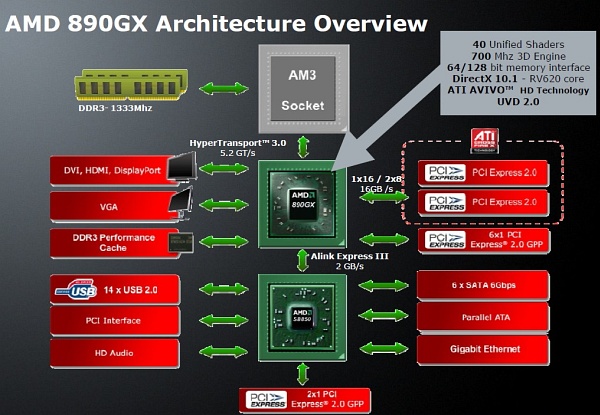
As you can see, it's still pretty straight forward. The 890GX is capable of providing 22 PCIe 2.0 lanes, which results in one x16 and six x1 lanes. The PCIe x16 can be split to two x8 to use two ATI Radeon graphics-cards in Crossfire mode. While the picture states the SB850 has a PATA controller, it's worth noting that board manufacturers use an add-on chip to provide such functionality. We do not really care if such a port is present, because nowadays anything is SATA and optical drives are cheap as chips. The link between IGP and Southbride has been doubled, so 2GB/s is healthy for possible RAID 0 SATA 6Gbps.
Testbed:
Motherboard:
MSI 890GXM-G65 (provided by MSI)
AMD 890GX/SB850
ASRock 890GX Extreme 3 (provided byASRock)
AMD 890GX/SB850
MSI P55-GD65 (provided by MSI)
Intel P55
ASRock H55M Pro (provided by ASRock)
Intel H55
Intel DX58SO "Smackover" (provided byIntel)
Intel X58/iCH10R
CPU:
Intel Pentium G6950, Core i3-530 (provided by Mindfactory)
Intel Core i5-750, i7-975 (provided by Intel)
AMD Athlon II X2 240e/245 (provided by AMD)
AMD Phenom II X4 620/X6 1090T (provided by AMD)
CPU-Cooler:
Scythe Grand Kama Cross (provided by Scythe-Europe) for AMD and Intel 1156
Thermalright Ultra 120 eXtreme 1366 (provided by Thermalright) for Intel 1366
Memory:
G.Skill Eco 4GB Kit PC3-12800 (provided by G.Skill)
1067MHz CL7-7-7-20 CR1T 1.35V for Athlon II X2, Pentium G6950, i7-975
1333MHz CL7-7-7-20 CR1T 1.35V for Athlon II X4, Phenom II X4/X6, i3-530, i5-750
Graphics Card:
MSI R4850-2D1G-OC (provided byMSI)
Power supply:
PC Power & Cooling Silencer 500W (provided by PC Power & Cooling)
Hard disk:
Samsung F1 1000GB RAID-Edition (provided by Ditech)
Case fans:
SilenX iXtrema Pro 14dB(A) (provided by PC-Cooling.at)
Scythe DFS122512LS
Case:
Cooler Master Stacker 831 Lite (provided by Cooler Master)
OS:
All tests are performed with XP SP3. As 64-bit software is still not very common, we used the 32-bit version.
Features:
AMD 890GX with 128MB DDR3 sideband memory/SB850
4+1-phase VRM (dual lane design)
ISL 6326A VRM controller
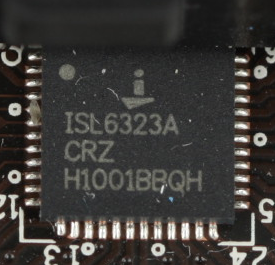
Realtek RTL8111DL PCIe Gb LAN controller
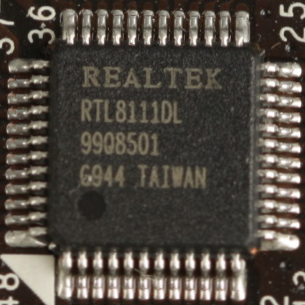
NEC µPD7202001F1 two port USB 3.0 host controller
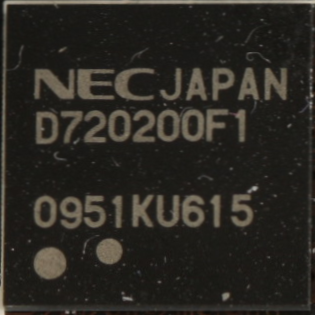
JMicro JMB368 PATA host controller
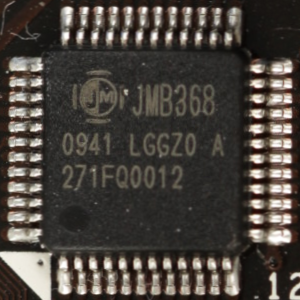
Realtek ALC889
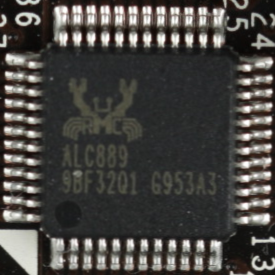
Realtek RTM880N clock generator
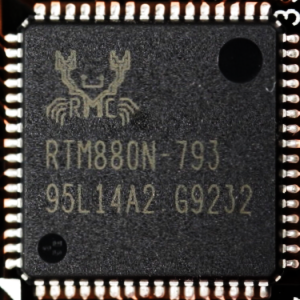
passive cooling of chipsets/VRM
8Mb BIOS, version: 1.7b4
Mainboard Revision: 1.0
Slots:
2x PCIe 2.0 x16 (x8 Mode when both are used)
1x PCIe x1
1x PCI
Memory:
4x Dual-Channel DDR3-slots for PC3-10667U memory up to 16GB

Storage:
5-Port SATA II 6GBps featuring RAID 0, 1, 5, 0+1, JBOD
1x PATA port
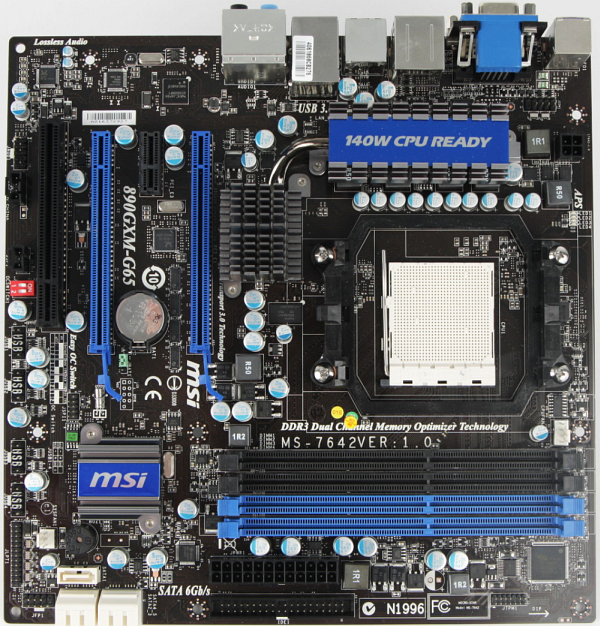
Backpanel ports:
1x PS/2 keyboard/mouse combo port
1x Gb LAN
2x USB 3.0
4x USB 2.0
1x eSATA
7.1 analog audio
1x optical audio out
1x VGA
1x DVI
1x HDMI 1.3

Accessories:
1x SATA cable with clips
1x HDD to SATA power-cable
Features:
AMD 790GXM/SB850
4+1-phase VRM (dual lane design)
ST Microelectronics L6717 VRM controller
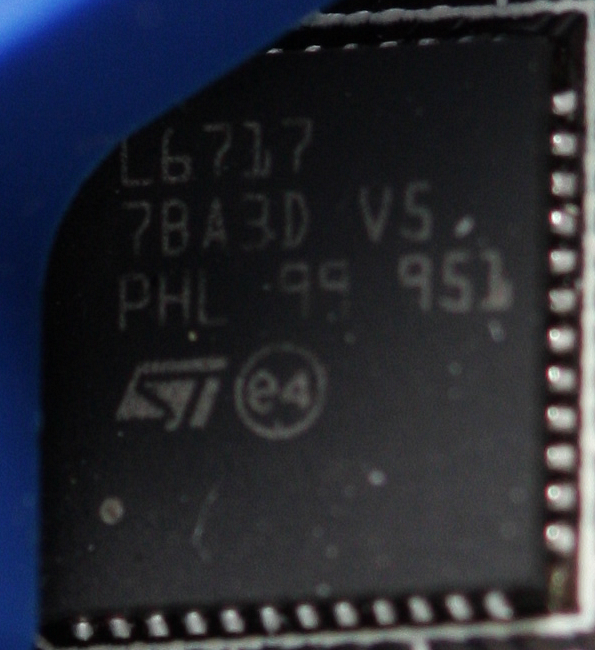
Realtek RTL8111E PCIe Gb LAN controller
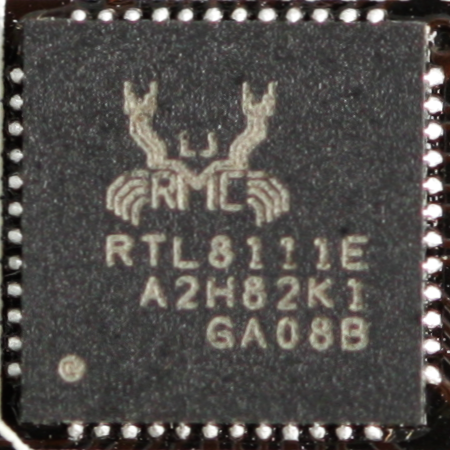
VIA VT6315N firewire PCIe controller
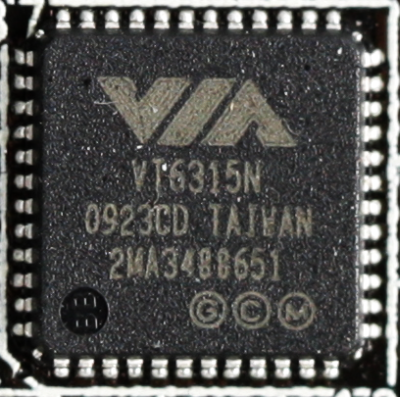
VIA VT2020 7.1 audio codec
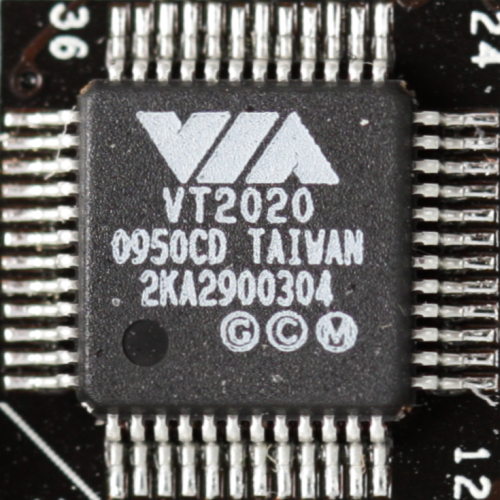
ICS 9LPRS477CKL clock generator
Debug diagnostic LED
passive cooling of chipset/VRM
8Mb BIOS, version: 2.40
Mainboard Revision: 1.0
Slots:
2x PCIe 2.0 x16 (at x8 mode when using two Graphics-cards)
1x PCIe x16 @ x4
1x PCIe
2x PCI
Memory:
4x Dual-Channel DDR3-slots for PC3-10667U memory up to 16GB

Storage:
6-Port SATA II featuring RAID 0, 1, 5, 0+1, JBOD
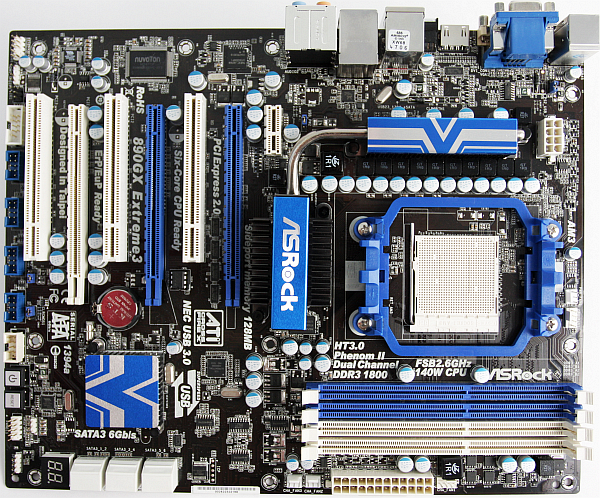
Backpanel ports:
1x Gb LAN
2x USB 3.0
4x USB 2.0
1x eSATA
1x Firewire
7.1 analog audio
1x optical audio out

Accessories:
4x SATA cable with clips
1x HDD-power to SATA-power cable
1x SATA to eSATA bracket
While previous boards had troubles in matching exact clocks, both our today's motherboards clock nearly exactly at 200MHz. We tested the new boards with the latest Phenom II X6 processor.
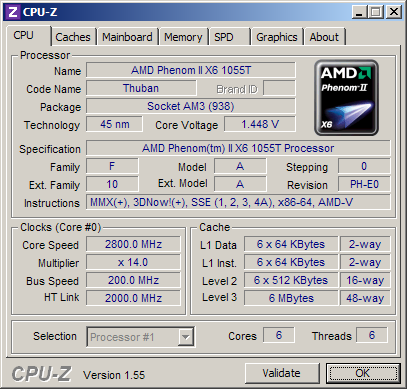
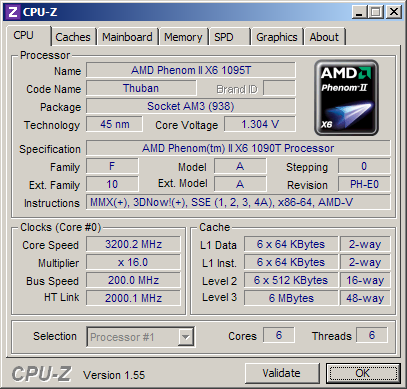
Both boards feature 128MB DDR3 sideport memory clocked at 667MHz; this is what GPU-Z reports when the IGP is idle:
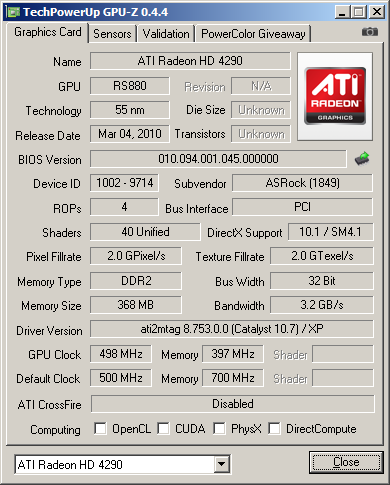
Overclocking:
Unfortunately, our Phenom 1090T managed to scrap MSI's board in our overclocking tests. After receiving a new board we tried without pushing too much voltage, but the result was the same. Luckely we tested before with the 1055T. We reached 3.85GHz with both boards, at 1.4375VCore. We didn't like the fact that MSI's board lacks some overclocking features inside the BIOS but MSI told us "it's not designed to be a high-end board", meaning we won't see such features. The ASRock board does have all features, but lacks the possibility the see SPD values in the memory configuration. The board only remembers the last settings.
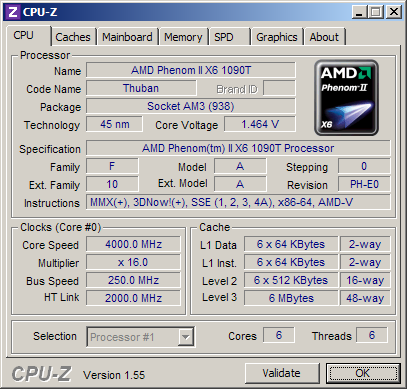
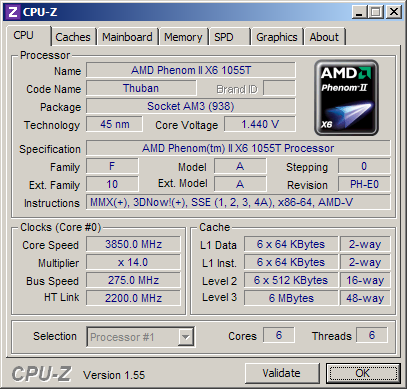
Of course both boards support overclocking of the IGP, but the performance is still below anything you would consider playable framerates for quite new games. So we think it's quite useless to do so.
Undervoltaging:
Both boards support undervoltaging of the VCore, memory and IGP. Both boards had no trouble running Phenom II X6 1055T with 1.1750V. Please note that CPUz and Everest report about 1.2160V. So, it seems like X6s CPUs are getting more than they're requesting. Before you consider a system stable, run it about 48h with Prime95. Due to time-constraints we did it only for about eight hours.
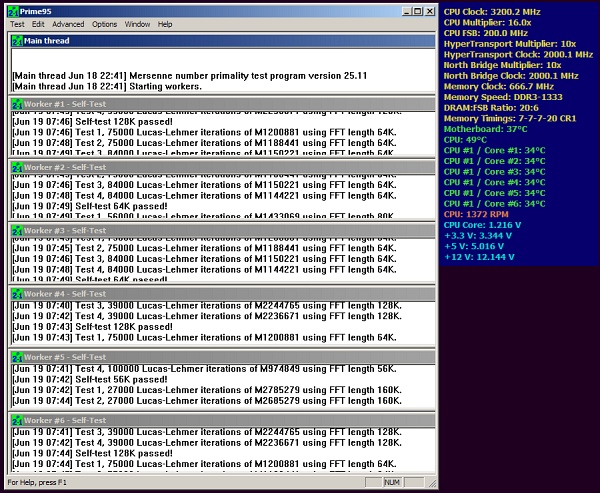
3DMark 2003 & 2006:
Of course the 890GX provides only basic graphics functions so only old games will work properly. But with 128MB sideband-memory, Aero in Windows 7 will work smoothly. So just for your information here are the scores for 3DMark2003 and 3DMark2006.
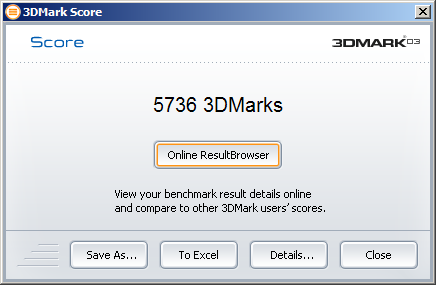
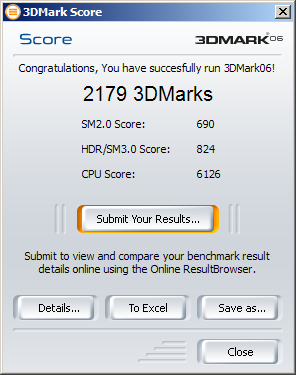
Conclusion:
Both boards performed well. Although MSI's board is a tad faster and also more efficient in idle power usage, ASRock is the better choice. Not only is it a full ATX board, it features even Firewire and also has the better accessory pack. Apart from that, ASRock suprised us with a better VRM design under load. Taking into account that it has more functions, it's nice to see an improvement here. MSI is known for better manufacturing quality, which got rid of the push-pins, but the successor of the 785GM-E65 is disproportionately more expensive while featuring inferior VRM design and just one SATA cable in the box. While the new board gained USB 3.0, it lost Firewire and it's questionable if many users will like to use two graphics-cards on a µATX board, which will render all other slots useless. At a price about €110,- we expected incredible VRM and overclocking options but MSI failed do fulfil our expectations. Of course with a full ATX board, ASRock's board has more options. Generally we would suggest to all manufactures to get rid of the VGA port. A DVI to VGA Adapter would do fine and some more USB 2.0 ports would not hurt either.Of course legacy ports on the board such as COM1, LPT1 and Floppy are nowadays very useless.
The MSI 890GXM-E65 board is on sale for about €109,97 while ASRock 890GX Extreme 3 will set you back €99,44. If you want to spare some bucks you can go for the ASRock 880G Extreme 3 board with a 880G Chipset, which clocks 140MHz slower at 560MHz but has the same feature set and costs just 90,41. Because most 880G boards will only ship with the SB710 Southbridge, take a close look at the specis if you need the 6Gbps SATA feature, otherwise you will be stuck with 3GBps. AMD870 Chipset will offer the same feature-set without the graphics-core and is targeted to the low midrange price-range. This pretty much means you should expect fewer features and worse overclocking options.
ASRock offers the better package and if you're looking for a new board which offers onboard graphics you can't go wrong with our today's sample.

Benchmarks:
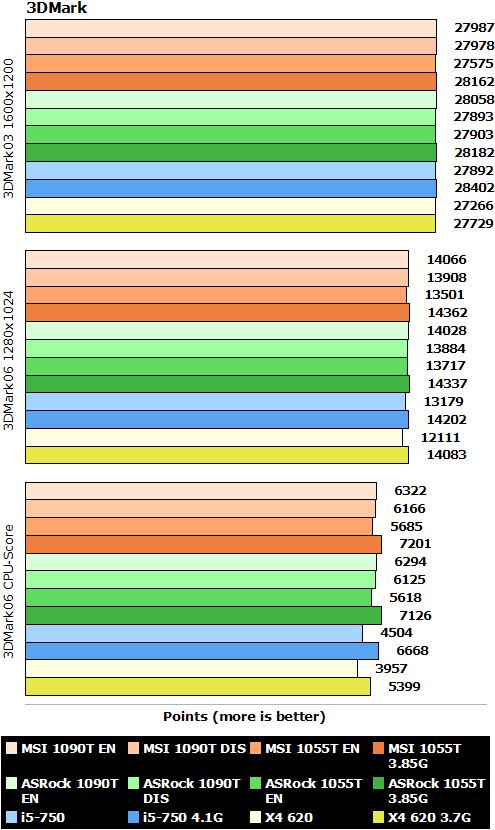
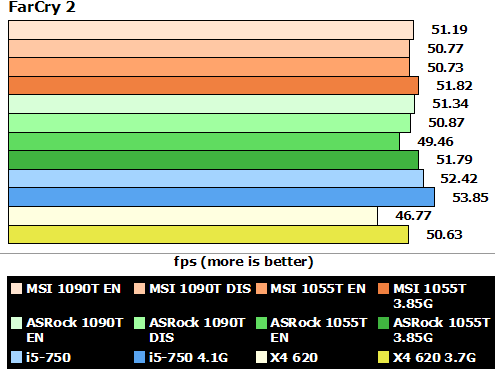

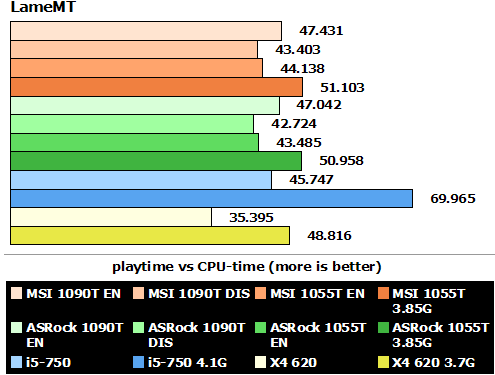
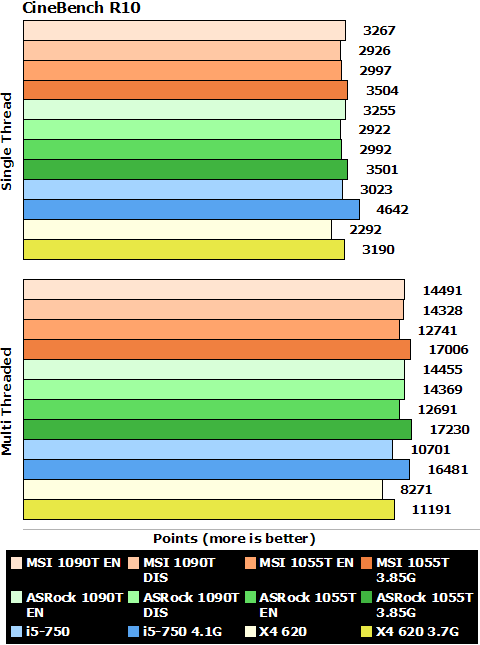
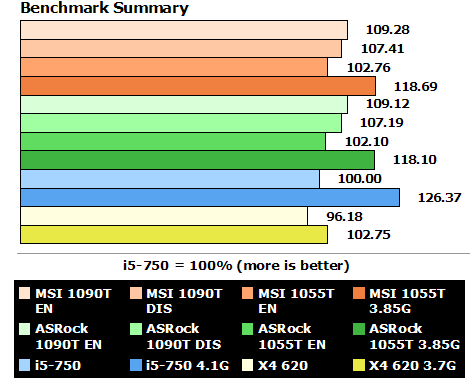
Note that the i5-750 does not support onboard GFX, so it's always paired up with an HD4850
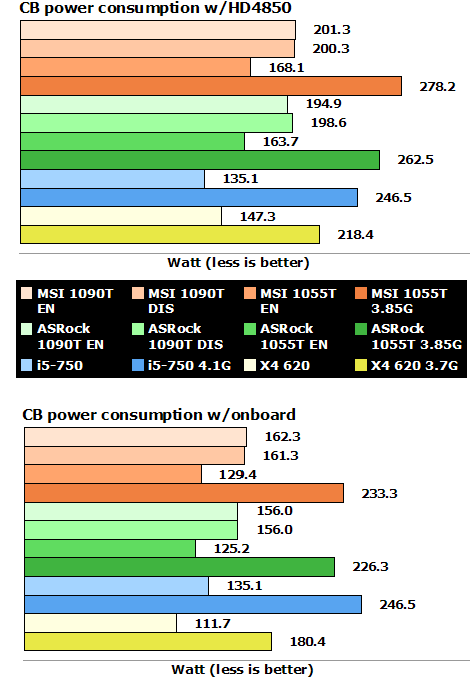
Note that the i5-750 does not support onboard GFX, so it's always paired up with an HD4850
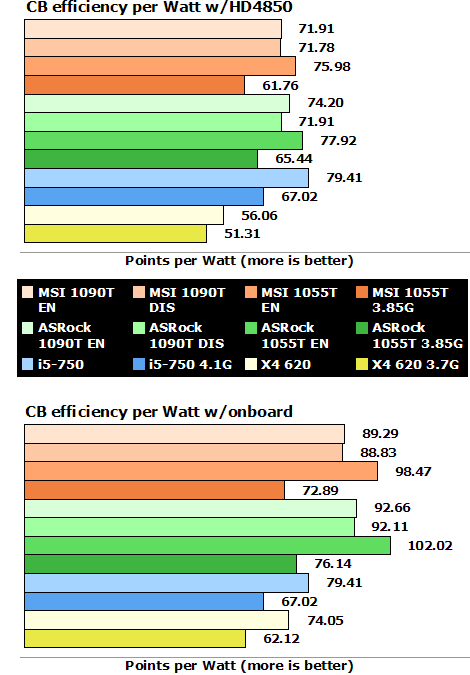
Note that the i5-750 does not support onboard GFX, so it's always paired up with an HD4850

